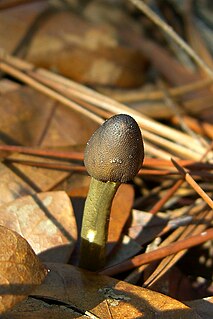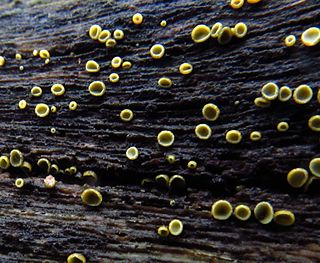| Lipomycetaceae | |
|---|---|
| Scientific classification | |
| Kingdom: | |
| Phylum: | |
| Subphylum: | |
| Class: | |
| Order: | |
| Family: | Lipomycetaceae E.K. Novák & Zsolt |
| Type genus | |
| Lipomyces Lodder & Kreger | |
| Genera | |
The Lipomycetaceae are a family of yeasts in the order Saccharomycetales. According to the 2007 Outline of Ascomycota, the family contains five genera; however, the placement of the genus Kawasakia is uncertain. [1] Species in the family have a widespread distribution, and grow in the soil or in association with insects. [2]
Family is one of the eight major hierarchical taxonomic ranks in Linnaean taxonomy; it is classified between order and genus. A family may be divided into subfamilies, which are intermediate ranks between the ranks of family and genus. The official family names are Latin in origin; however, popular names are often used: for example, walnut trees and hickory trees belong to the family Juglandaceae, but that family is commonly referred to as being the "walnut family".

Yeasts are eukaryotic single-celled microorganisms classified as members of the fungus kingdom. The first yeast originated hundreds of millions of years ago, and 1,500 species are currently identified. They are estimated to constitute 1% of all described fungal species. Yeasts are unicellular organisms that evolved from multicellular ancestors, with some species having the ability to develop multicellular characteristics by forming strings of connected budding cells known as pseudohyphae or false hyphae. Yeast sizes vary greatly, depending on species and environment, typically measuring 3–4 µm in diameter, although some yeasts can grow to 40 µm in size. Most yeasts reproduce asexually by mitosis, and many do so by the asymmetric division process known as budding.

Saccharomycetales belongs to the kingdom of Fungi and the division Ascomycota. It is the only order in the class Saccharomycetes. There are currently 13 families recognized as belonging to Saccharomycetales.










